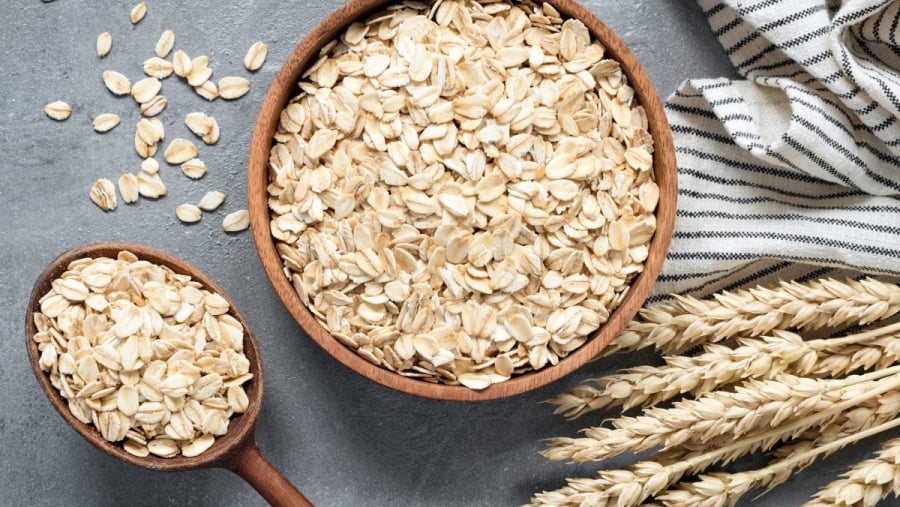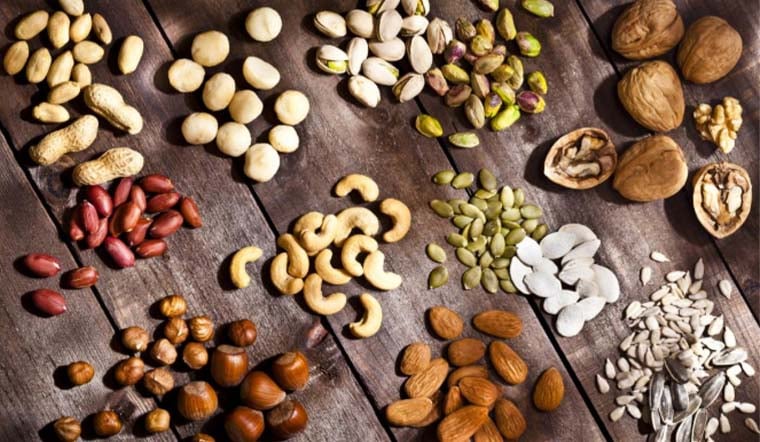Oatmeal

Oatmeal is widely used as a breakfast cereal around the world. Studies have shown that oatmeal contains high levels of antioxidants, which play a crucial role in keeping the body healthy and preventing diseases. Oatmeal is also rich in fiber (oat beta-glucan) that provides a feeling of fullness.
Kale
This leafy green vegetable is a source of fiber, folate, and calcium, and may even help prevent cancer. Introduce your baby to the rich flavor of kale early on. You might expand your baby’s palate and encourage a liking for this green vegetable.
Feeding idea for toddlers: Steam kale until tender, cut into small bite-sized pieces that are safe for your child to eat, then chill. When serving, you can steam the chilled kale, and some children will enjoy the texture and flavor of this cool vegetable.
Sweet Potatoes

Sweet potatoes are one of the first foods commonly introduced to infants. Many babies tend to enjoy both the sweet taste and texture of sweet potatoes. These colorful root vegetables are packed with beta-carotene, vitamin C, and minerals, including iron and copper.
Feeding idea for toddlers: Use mashed or pureed sweet potatoes alone or mixed with ground chicken or turkey.
Eggs
Eggs are also a rich source of choline. Choline is an essential nutrient that helps form deep brain cells. Eggs also contain high levels of protein, iron, and vitamin A, which contribute to cell growth and recovery.
Nuts

In the early years, a child’s brain and intelligence develop rapidly. From birth, a baby’s brain will increase by an average of 2 grams per day, reaching about 90% of an adult’s brain size by the age of 7.
Omega is a crucial nutrient that supports the formation and development of the brain as the gray matter of the brain is mostly composed of omega fatty acids. Omega mainly consists of DHA, EPA, and ALA, which help create sensitivity in nerve neurons, facilitate fast and accurate information transmission, improve concentration, attention, cognition, and enhance a child’s ability to learn, evaluate, and imitate.
If omega is lacking, the child’s development process will show low IQ and EQ scores, and there is an increased risk of attention deficit hyperactivity disorder (ADHD), behavioral disorders, or depression…
































